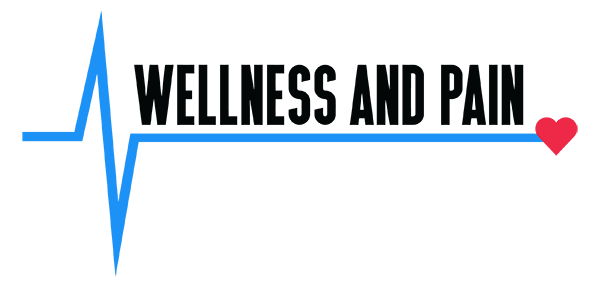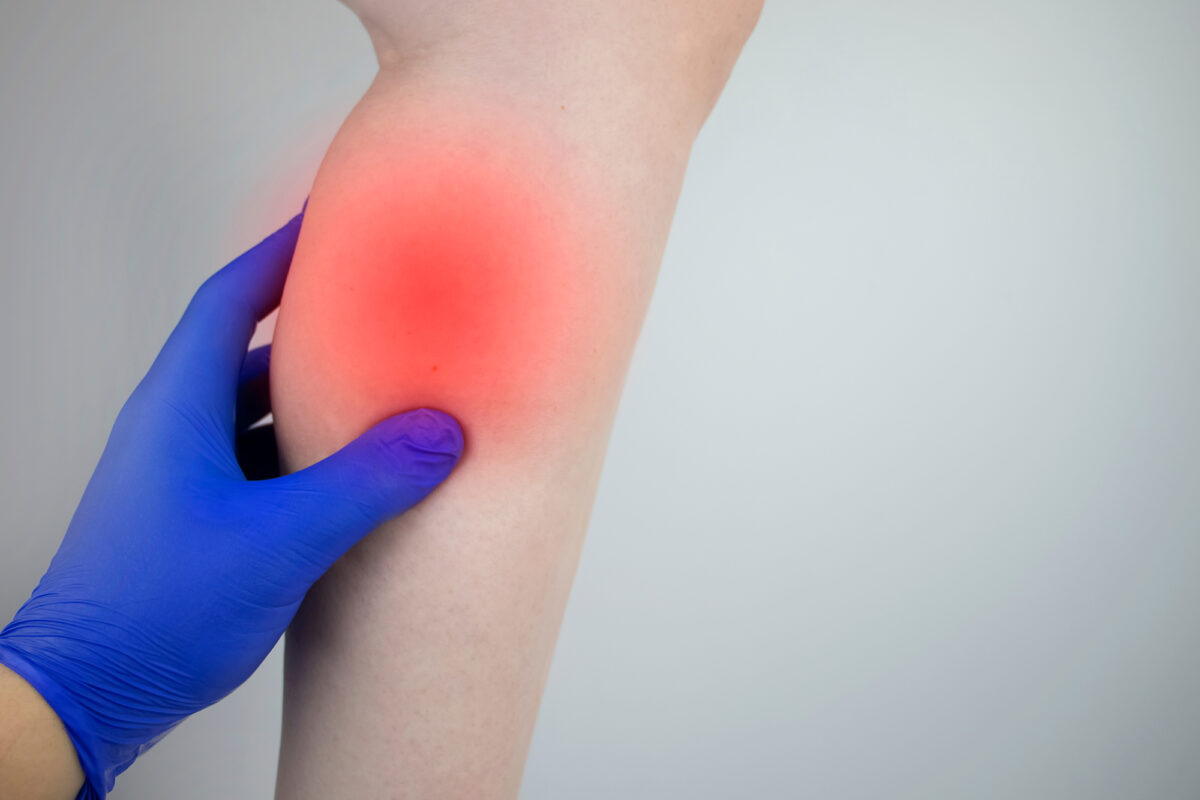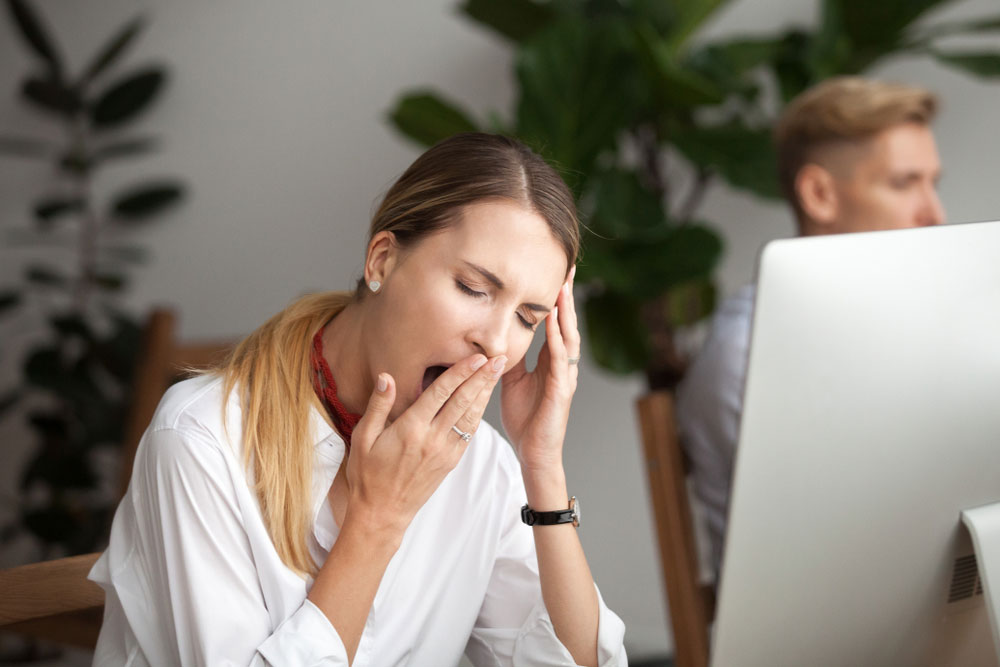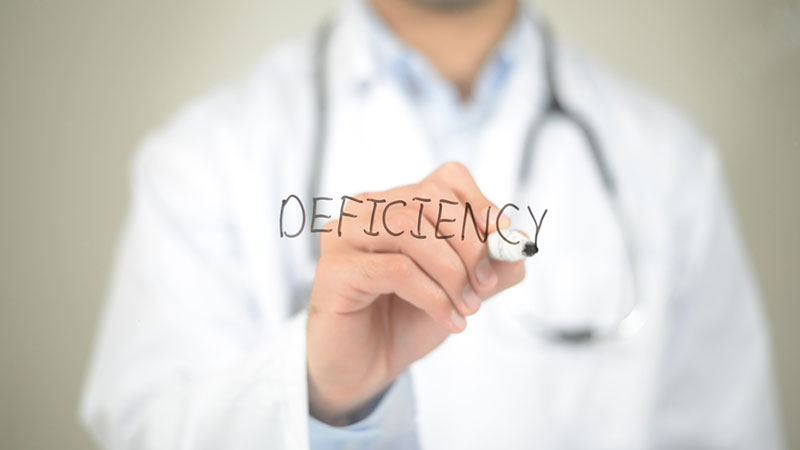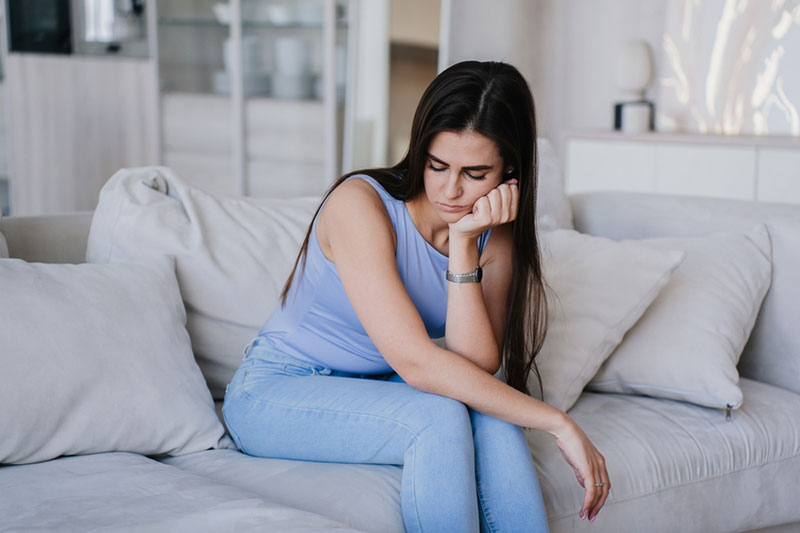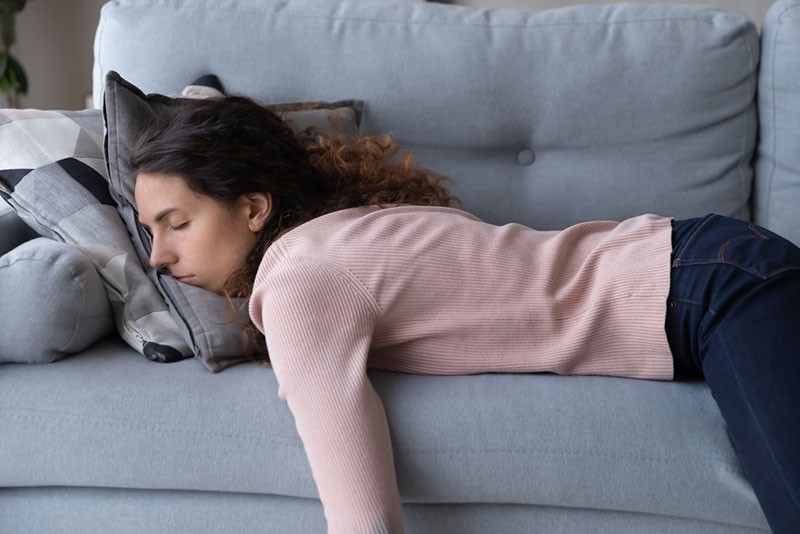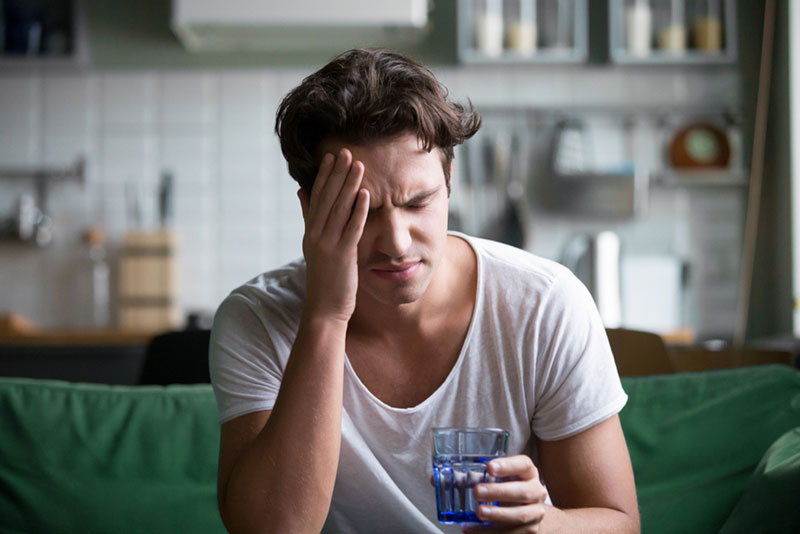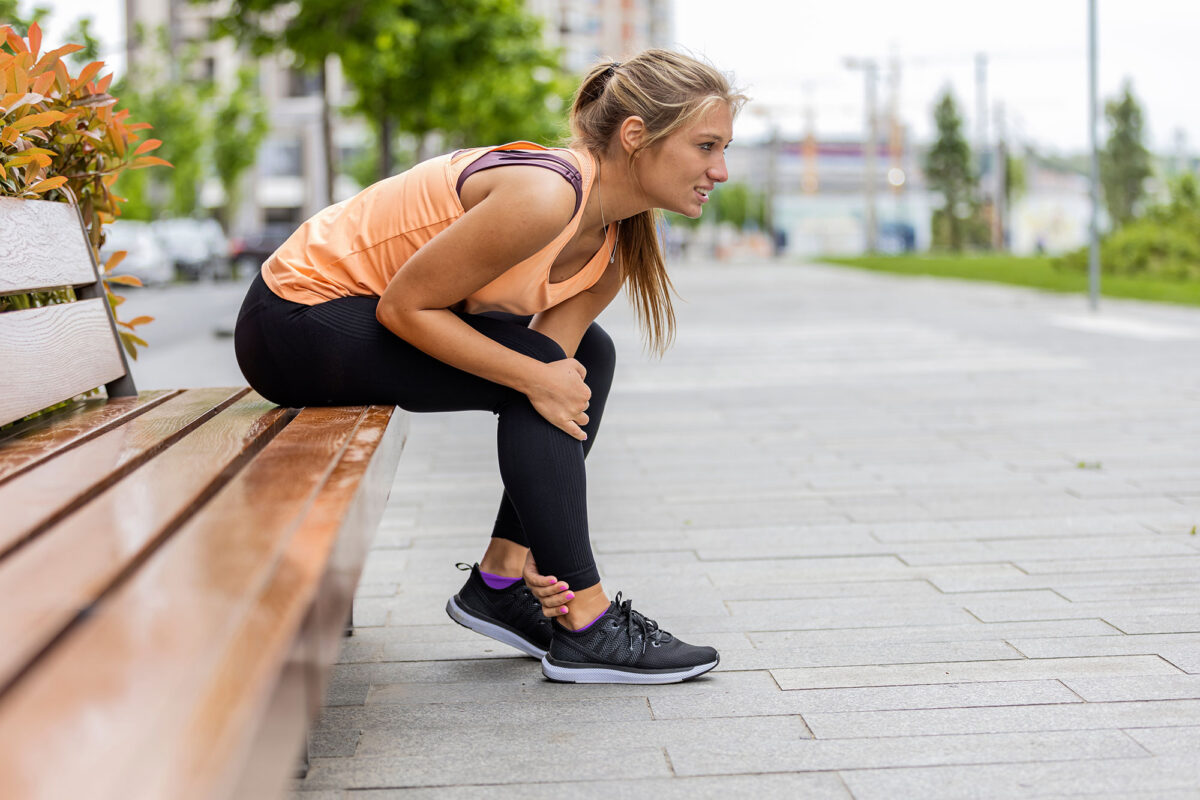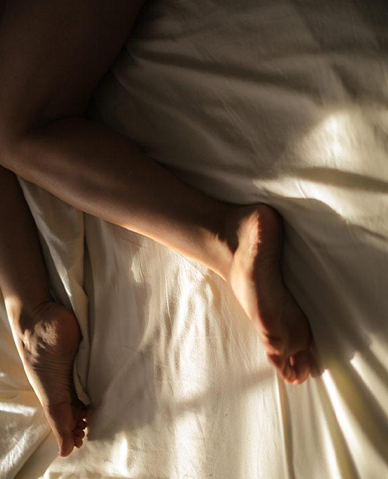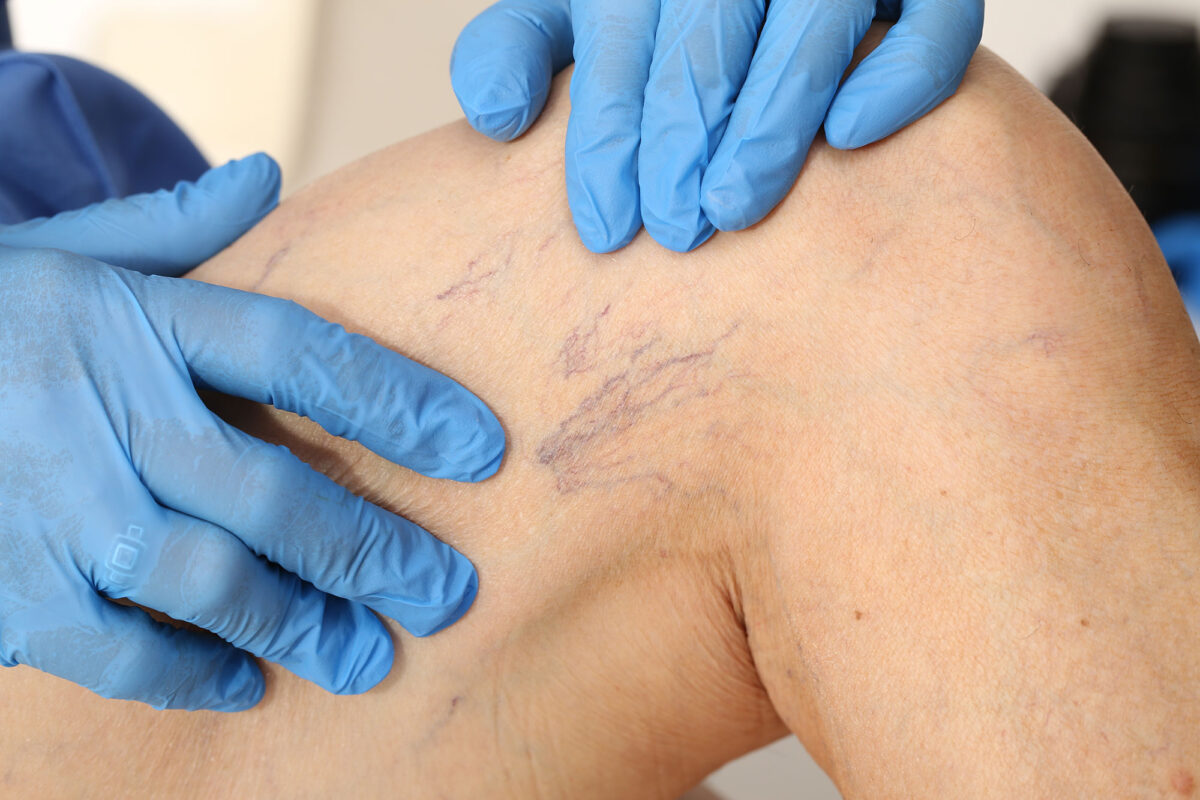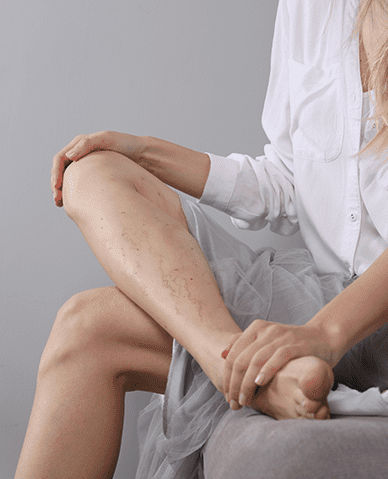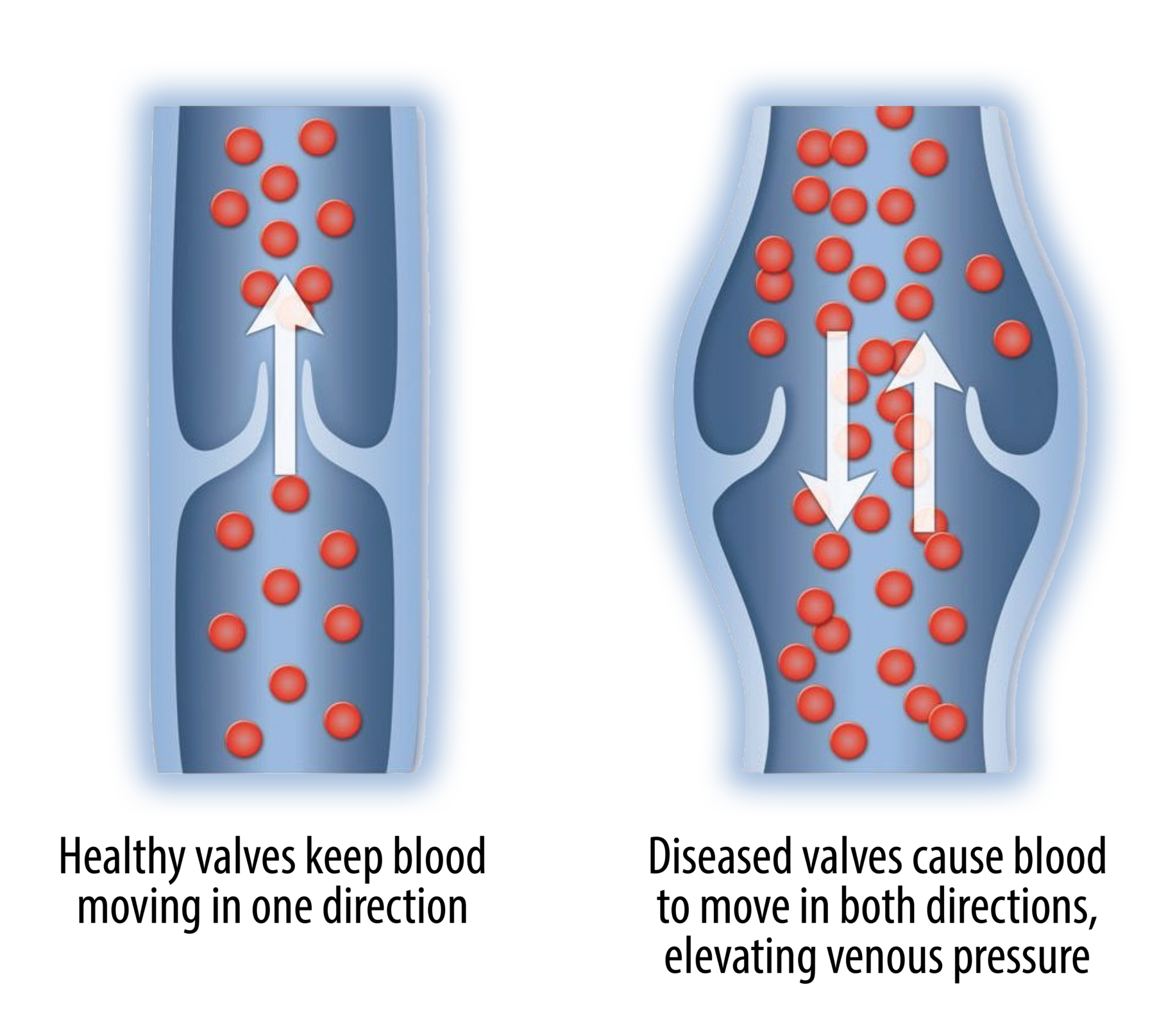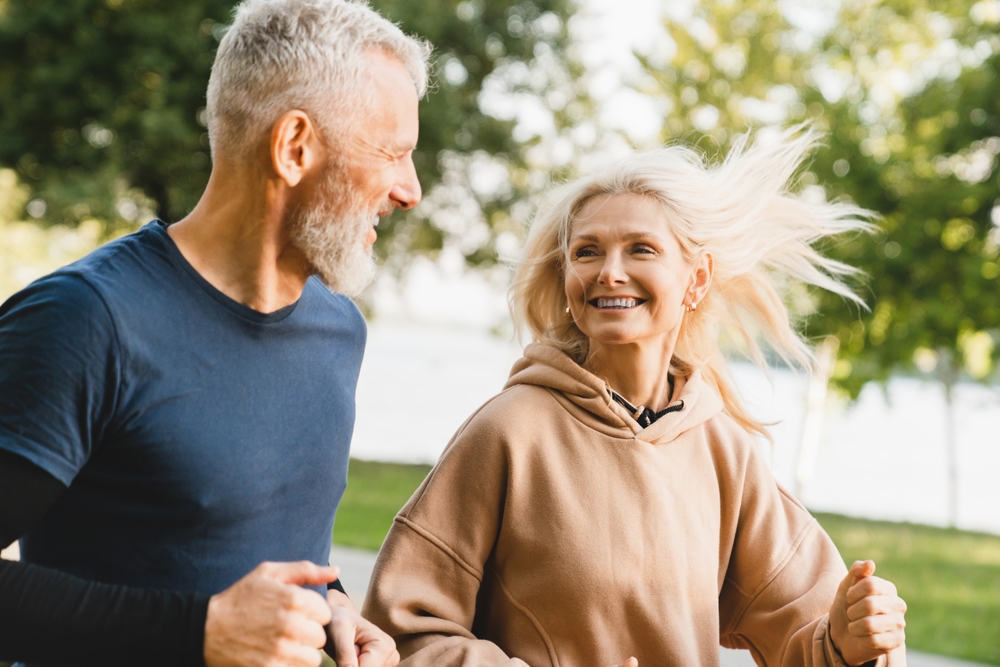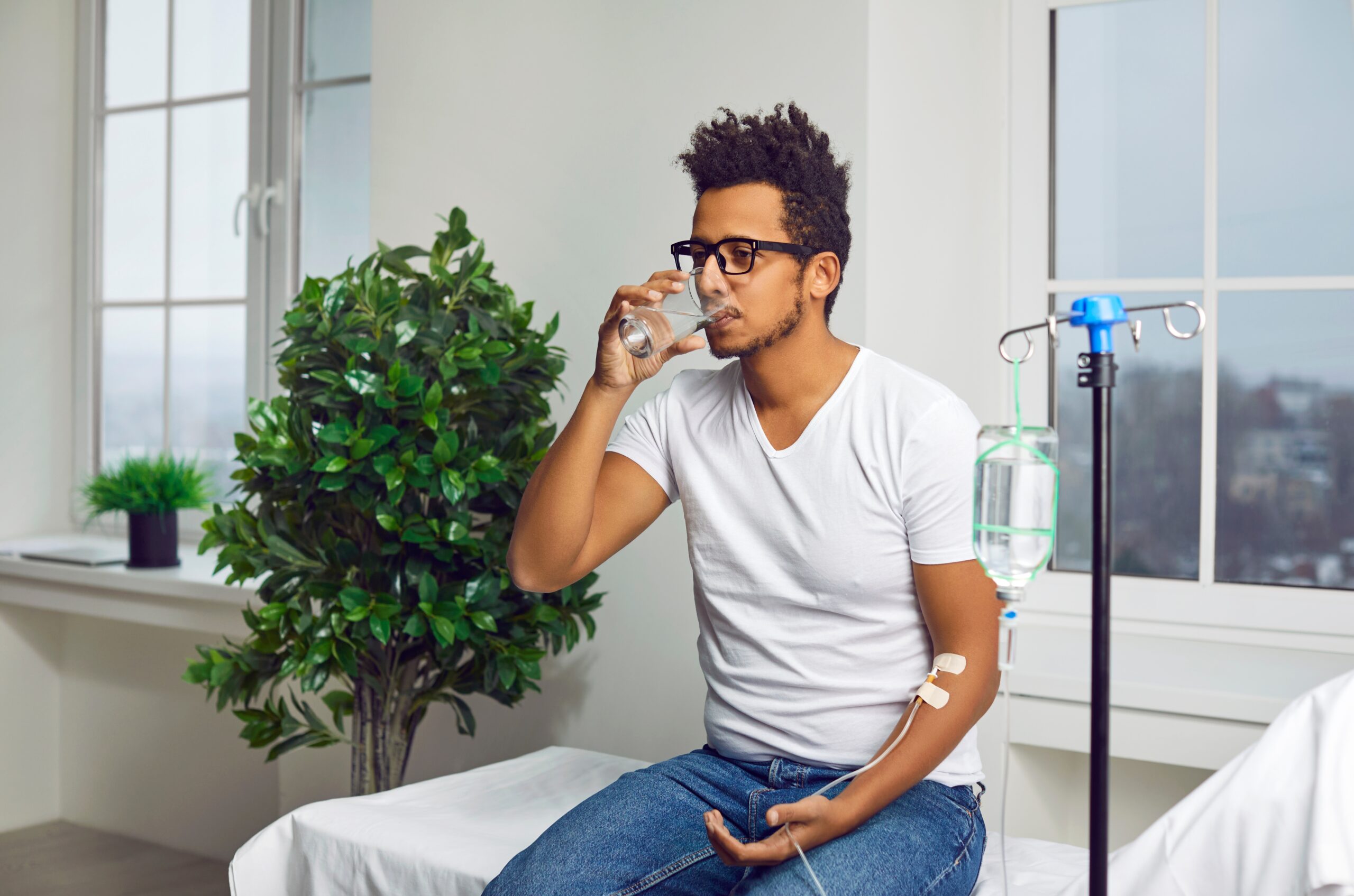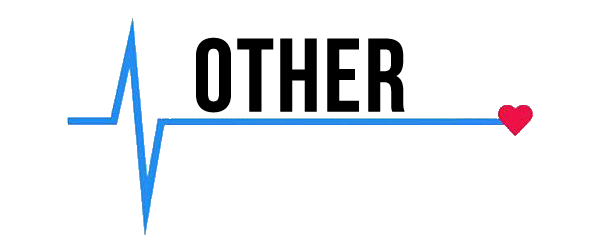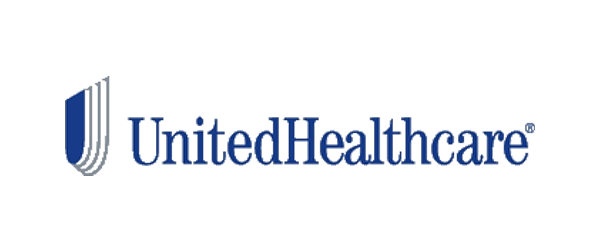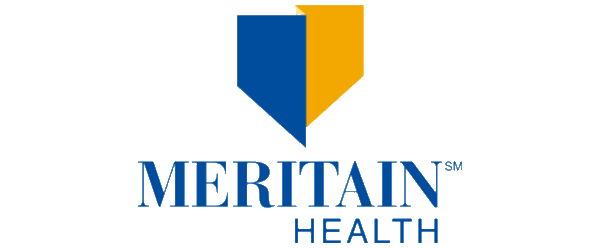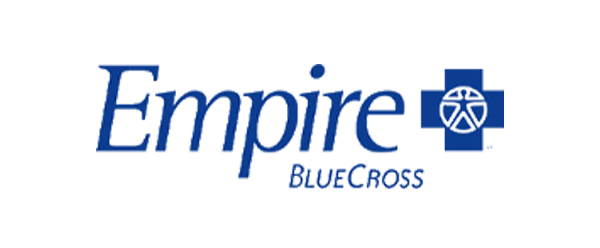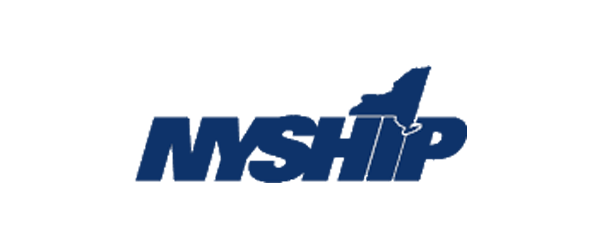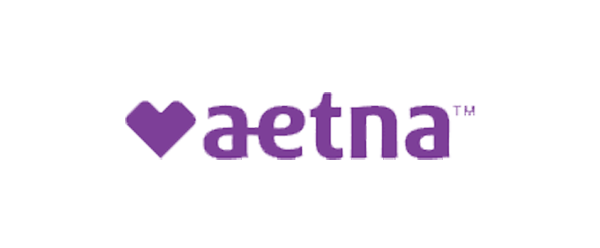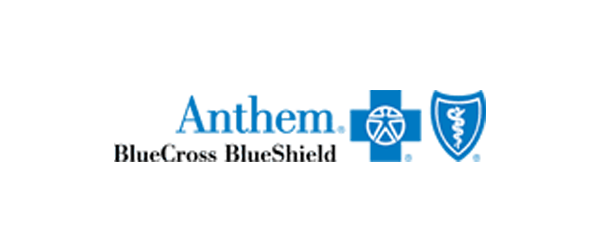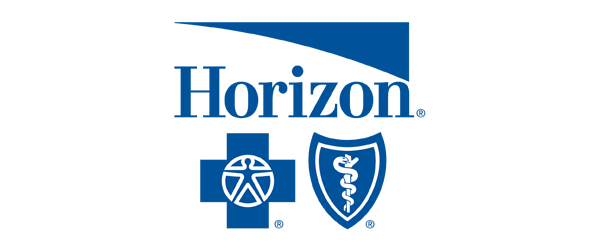Restless Legs
For most, restless legs syndrome (RLS) is a sign of other issues. Often, people think you have to see veins actually bulge from your legs to seek help; this simply isn’t true. In reality, restless legs are usually the only sign of vessel disease for most people, which is cause enough to seek the best treatment for restless leg syndrome possible.
What Is Restless Legs Syndrome
At its core, RLS causes people to experience strong urges to move their legs. They kick and jerk without thinking it. Not to mention, it’s usually worse at night and while laying down. So, it can decrease their quality of sleep and wreak havoc on other areas of their lives.
People do not experience pain from restless leg syndrome. However, they do experience great discomfort from it. In the end, constant discomfort can have a large impact on mental health. RLS has multiple symptoms. However, it has a big one: It’s the need to move or fidget the legs.
Many people with restless legs syndrome also report symptoms that are associated with other conditions, like vessel insufficiency and varicose veins. The first, a condition that causes blood to pool in the legs. And the second, where veins are enlarged and twisted. Dr. Arad of Wellness and Pain uses several methods to treat vessel insufficiency and varicose veins. These methods are often the best treatment for restless legs as well.
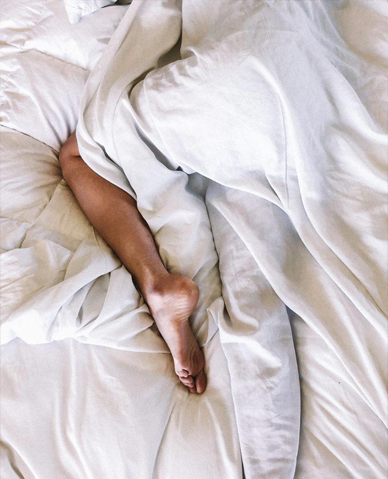
Symptoms
As mentioned earlier, people do not experience pain from restless leg syndrome. However, they experience great discomfort from it. Drawn out over a long time, this is just as bad. Often, it’s described as:
- Aching
- Creeping / Crawling
- Pulling
- Itching/li>
- Throbbing
In summary, restless legs syndrome is usually worse at night, which can make it difficult or impossible to sleep well. Symptoms can also change on a day-to-day basis with one day being worse than the next.
The Best Treatment for Restless Leg Syndrome
At Wellness and Pain, Dr. Arad uses vessel treatments to help patients with varicose veins or vessel insufficiency who also have restless legs syndrome. These treatments include:
Radiofrequency Ablation uses energy to heat the inside of the vessel walls, virtually removing damaged vessels by causing them to close.
Sclerotherapy uses a foam that causes scarring to close off problem vessels. The foam is injected into these vessels, resulting in blood flowing through healthy ones.
A better quality of life is possible. So is better sleep. It’s easier than you might think too. You have multiple options to take charge of your life, and Wellness and Pain has the expertise. Any amount of discomfort is worth seeking treatment for. After all, restless legs syndrome could be a sign of other issues.
Covered by most insurances!
Wellness and Pain – Your restless leg experts!
Treatments for Restless Leg Syndrome
Vein Ablation
Vein Ablation
Vessel ablation – formally known as radiofrequency ablation (RFA) – is a minimally invasive and ...
Massage Therapy
Massage Therapy
Pain including Muscle Tension, Back and Shoulder pain, Repetitive stress injuries, Headaches, Neck p...
Acupuncture Therapy
Acupuncture Therapy
A traditional Chinese medicine technique that is used to stimulate energy flow and promote healing. ...
Chiropractic Services
Chiropractic Services
Flexion-distraction therapy is a specific gentle technique performed on a segmented table that moves...
IV Hydration
IV Hydration
...
